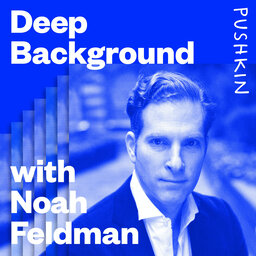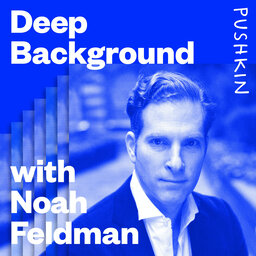What We Know about the COVID-19 Vaccines
Dr. Paul Offit, a professor of vaccinology at the University of Pennsylvania and member of the F.D.A.’s vaccine advisory panel, discusses how the Pfizer and Moderna vaccines work and how they could be distributed.
Update: Since Noah and Dr. Offit spoke, Pfizer released an updated analysis of its vaccine trial data, showing that the vaccine is 95% effective overall and 94% effective for adults over 65: https://www.pfizer.com/news/press-release/press-release-detail/pfizer-and-biontech-conclude-phase-3-study-covid-19-vaccine
Learn more about your ad-choices at https://www.iheartpodcastnetwork.com
 Deep Background with Noah Feldman
Deep Background with Noah Feldman


